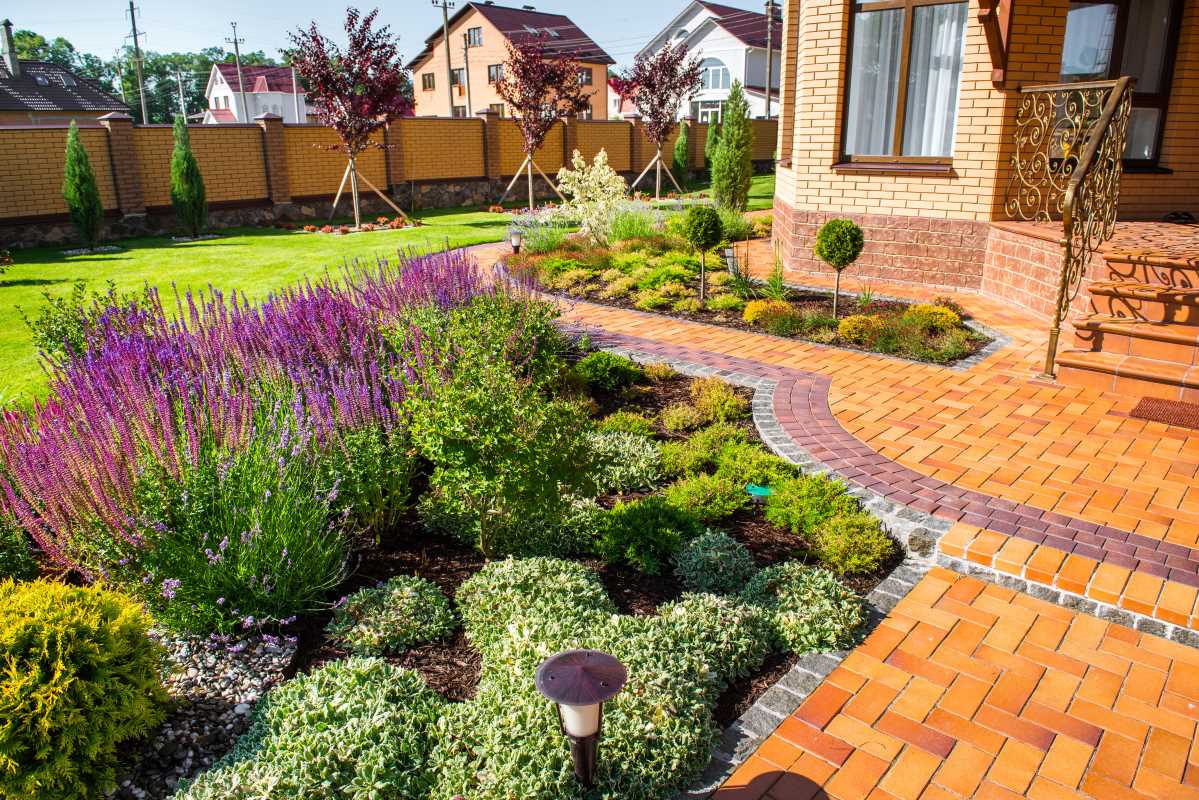Living in the Southern United States often means facing hot, sunny days and dry spells that can wreak havoc on conventional gardens. Luckily, there are plenty of gorgeous, drought-tolerant plants that can thrive in these conditions and keep your garden lush and beautiful all year long. Whether you’re looking for vivid blooms, hardy shrubs, or resilient ground covers, this guide will help you choose the best low-water plants for your Southern landscape.
Below, we’ll explore the top picks for drought-tolerant plants, along with tips on planting and maintenance so you can create a garden that’s both stunning and sustainable.
Why Choose Drought-Tolerant Plants?
Watering restrictions and scorching summers make drought-tolerant plants an ideal choice for Southern gardens. Beyond their water-saving benefits, though, these plants offer plenty of perks:
- Lower Maintenance: Spend less time watering, pruning, and caring for your plants.
- Cost Savings: Reduced water use cuts down on utility bills.
- Eco-Friendly Landscaping: Help conserve water and accommodate native ecosystems.
- Resilience in Hot Climates: Many drought-tolerant plants thrive even in extreme heat.
Now, let’s look at some of the best drought-hardy options for your garden.
1. Vibrant Flowers for Southern Gardens
Flowers bring color and life to any garden. The good news? Many beautiful blooms don’t need tons of water to flourish in the South.
Black-Eyed Susans (Rudbeckia hirta)
- Why They’re Great: These cheerful, golden flowers are a staple in Southern gardens. They’re heat-tolerant, low-maintenance, and bloom from summer to fall.
- Care Tips: Plant in full sun and use well-drained soil. Deadhead spent blooms to encourage continuous flowering.
Lantana (Lantana camara)
- Why They’re Great: With vibrant clusters of flowers in shades of yellow, orange, pink, and purple, lantanas attract pollinators like butterflies and bees. They thrive in dry, sandy soil.
- Care Tips: Place in full sun and water sparingly. Lantanas can tolerate poor soil and even salt, making them perfect for coastal regions.
Texas Sage (Leucophyllum frutescens)
- Why They’re Great: Also known as the "Texas Ranger," this hardy shrub produces stunning purple blooms and does exceptionally well in dry, rocky conditions.
- Care Tips: Full sun and well-drained soil are essential. Water sparingly once established.
2. Hardy Shrubs That Beat the Heat
Shrubs provide structure, shade, and privacy to your garden. These hardy options thrive even during long spells of heat and drought.
Dwarf Yaupon Holly (Ilex vomitoria ‘Nana’)
- Why It’s Great: This evergreen shrub is deer-resistant, drought-tolerant, and easy to shape into hedges or foundation plantings. It’s perfect for adding greenery year-round.
- Care Tips: Plant in full sun or part shade. Once established, it requires minimal watering.
Crepe Myrtle (Lagerstroemia indica)
- Why It’s Great: Known for its long-lasting, showy blooms in summer, the crepe myrtle is a quintessential Southern plant.
- Care Tips: Choose a sunny spot with well-draining soil. It’s remarkably drought-tolerant, though it benefits from occasional deep watering during dry spells.
Bottlebrush (Callistemon spp.)
- Why It’s Great: This unique shrub produces bright red, brush-like flowers and thrives in hot, dry conditions.
- Care Tips: Ensure full sun and sandy or loamy soil. Prune lightly to encourage more growth after flowering.
3. Ground Covers for a Resilient Landscape
Drought-tolerant ground covers help prevent soil erosion, suppress weeds, and add texture to your garden without requiring frequent watering.
Creeping Thyme (Thymus serpyllum)
- Why It’s Great: This fragrant herb provides dense ground coverage, can handle foot traffic, and bursts into pink or purple blooms in summer.
- Care Tips: Plant in full sun with well-draining soil. Water lightly until established, then water only during prolonged drought.
Sedum (Sedum spp.)
- Why It’s Great: This hardy succulent ground cover comes in various colors and textures, creating a visual interest even in hot, dry conditions. It has excellent drought tolerance.
- Care Tips: Use sandy or gravelly soil for optimal drainage. Sedums thrive in sunny, rocky areas.
Asiatic Jasmine (Trachelospermum asiaticum)
- Why It’s Great: With its dense, evergreen foliage, Asiatic jasmine is a tough ground cover that thrives on neglect. It can withstand heat and dry spells with ease.
- Care Tips: Plant in full sun or partial shade. It spreads quickly, so trim as needed to keep it contained.
4. Trees with Drought Tolerance
Larger trees can provide much-needed shade and create a refuge from the Southern sun. Here are some drought-tolerant options that can anchor your garden.
Live Oak (Quercus virginiana)
- Why It’s Great: This iconic tree of the South is slow-growing but incredibly long-lasting and drought-resistant once established.
- Care Tips: Plant in well-draining soil and be patient while it establishes roots. It requires minimal watering once mature.
Palo Verde (Parkinsonia spp.)
- Why It’s Great: Recognizable by its green bark and delicate yellow flowers, the Palo Verde tree is well-suited to hot, arid climates.
- Care Tips: Place in full sun with sandy or rocky soil. It’s highly drought-tolerant and rarely needs watering after its first year.
Desert Willow (Chilopsis linearis)
- Why It’s Great: Its vibrant pink or purple flowers attract hummingbirds while the tree itself thrives in dry heat.
- Care Tips: Plant in full sun and well-draining soil. Once established, it requires very little water.
Planting and Maintenance Tips
To get the most out of your drought-tolerant garden, follow these essential tips for planting and care.
Planting Tips
- Amend the Soil: Even drought-hardy plants prefer good drainage. Add sand, gravel, or compost to improve your soil’s structure.
- Plant During Cooler Months: Install new plants in early spring or fall to reduce transplant shock and give them time to establish roots.
- Group Plants Strategically: Place plants with similar water and sunlight needs together for easier care.
Watering Tips
- Deep Watering: When watering, soak the soil deeply to encourage roots to grow downward. This makes plants more drought-resistant.
- Use Mulch: A 2–3 inch layer of mulch helps retain moisture, reduce evaporation, and keep roots cool.
Long-Term Care
- Prune Regularly: Trimming dead or overgrown branches helps plants conserve energy.
- Fertilize Sparingly: Over-fertilizing can cause rapid growth that stresses plants, especially during dry periods.
Southern gardens don’t have to suffer during long, dry summers. By choosing drought-tolerant plants that are built to thrive in hot, arid conditions, you can create a beautiful, low-maintenance landscape that flourishes year-round. From colorful flowers and lush shrubs to sprawling ground covers and towering trees, there’s no shortage of options for any style or space.
 (Image via
(Image via





